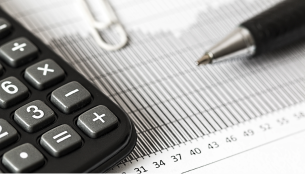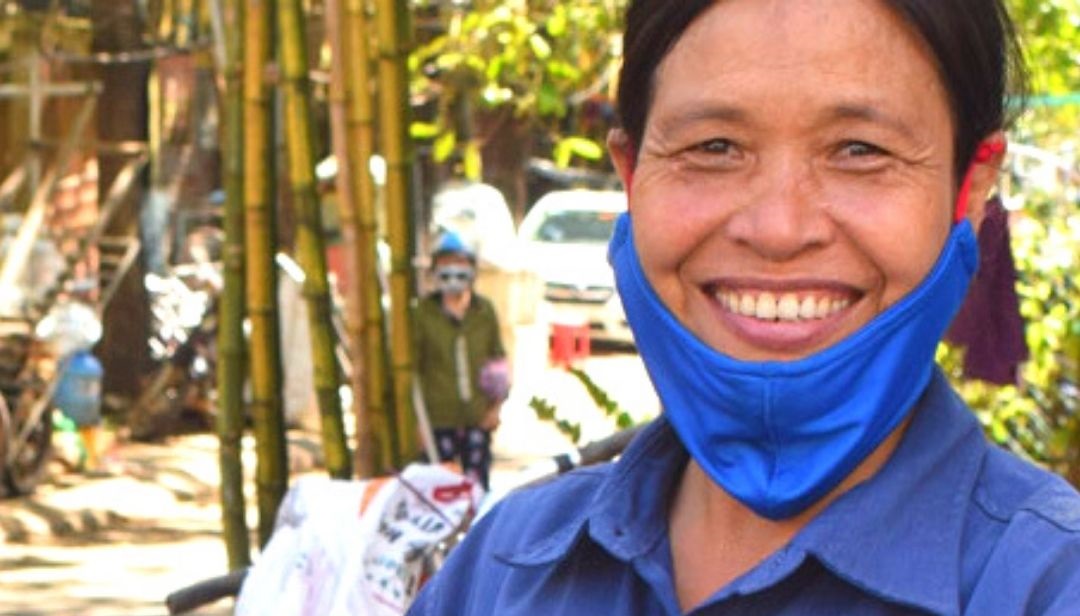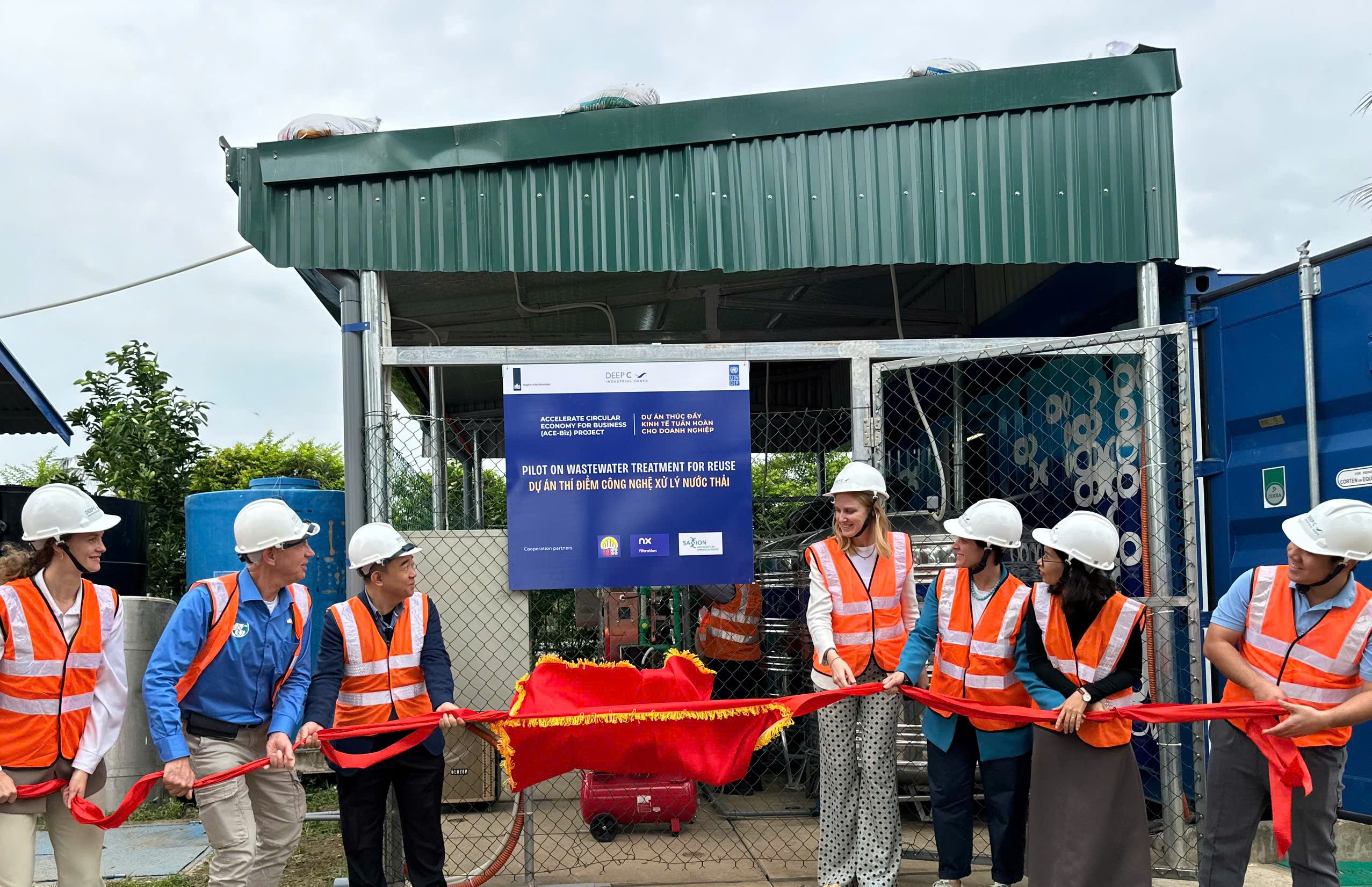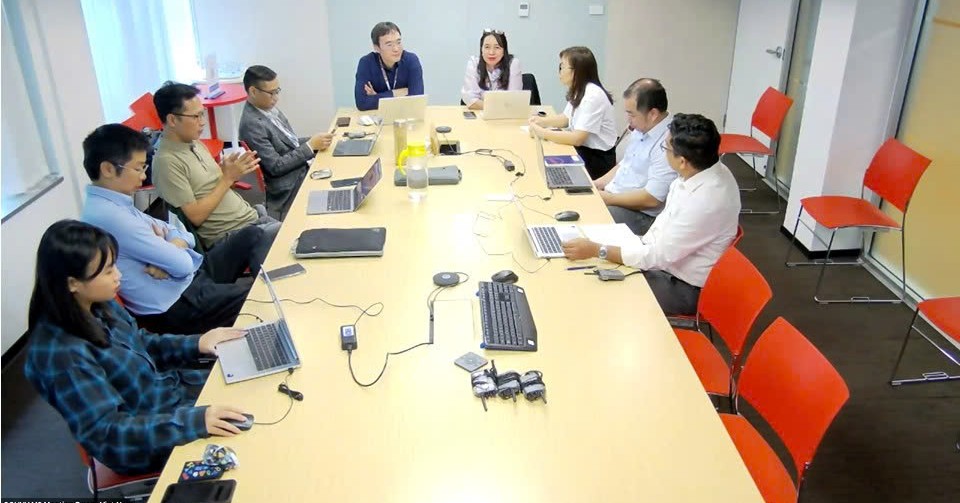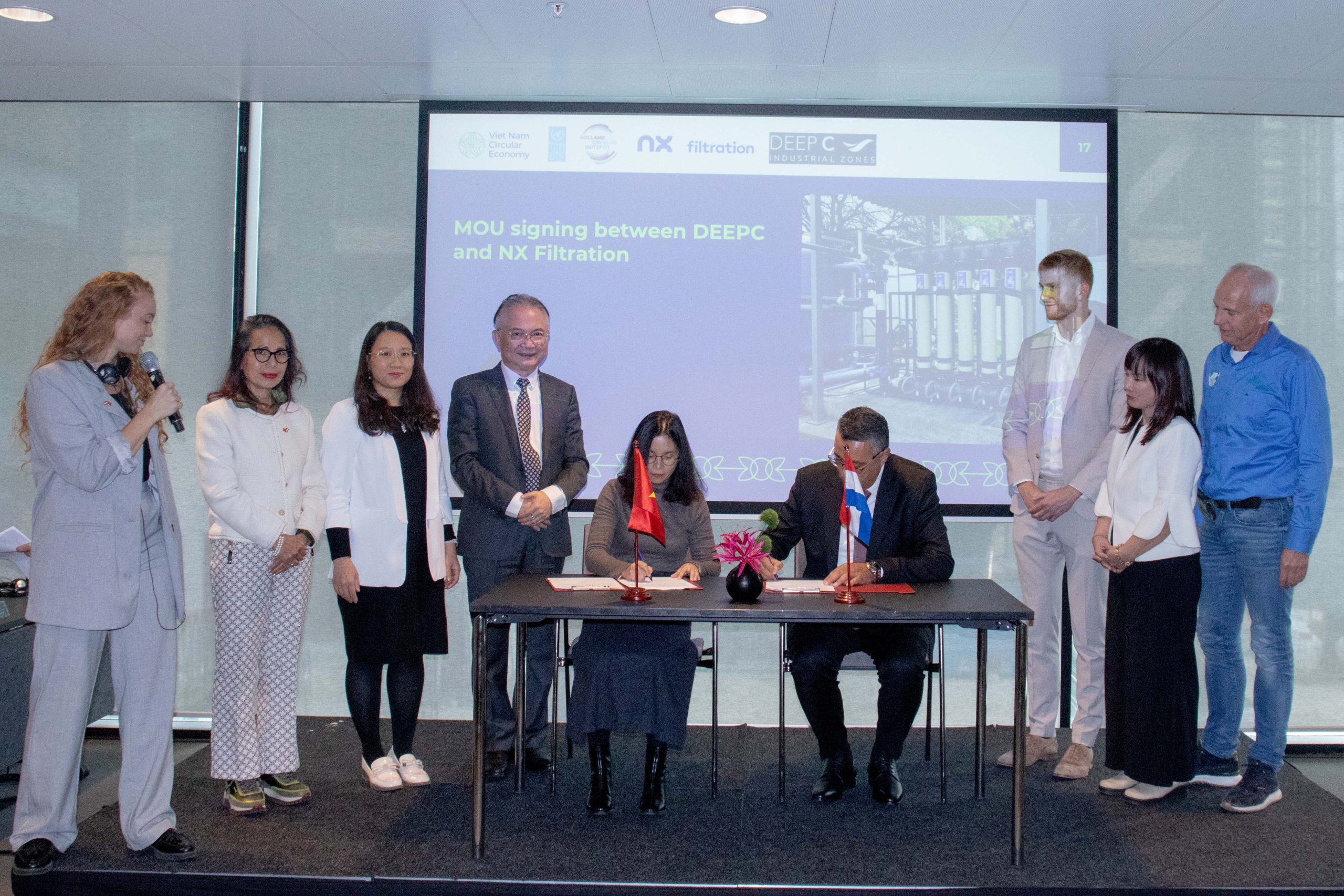In 2050, the Earth has 9.6 billion people. Without changing production models, we would need the resources of 3 piles of earth to meet the needs of this number of people. Therefore, the only way is to go in the direction of economic transformation, from a production and consumption economy, consuming resources, to a circular economy, using resources in a sustainable way. With specific guidelines and policies and strong participation in commitments at the recent COP26, Vietnam has gradually realized its circular economy development roadmap.
Currently, a number of localities have begun to promote development in accordance with the trend of the eco-economy, with practical, specific actions and the active participation of the community: Waste separation at source by residents of Le Loi ward, Ngo Quyen District, Hai Phong city; or an organic eco-beverage restaurant in Hoi An, with ingredients grown in home gardens; the ‘Sun and wind’ farm (Ninh Thuan province) with all agricultural by-products being collected as food for 500 cows and 200 sheep, so that more than 500m3 of fresh manure from this herd continues to be made into fertilizer (“trung que” fertilizer).
Although being encouraged, recycling activities still face many difficulties in terms of policy mechanisms and practical implementation. Stories from waste recycling operations, including industrial waste from some thermal power plants, and some construction materials, will show this.
According to VTV1





